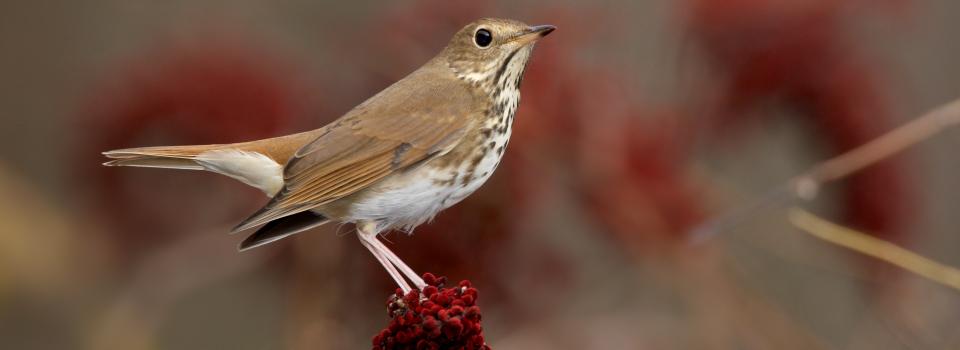
Hermit Thrush
Photo by: Robert Royse
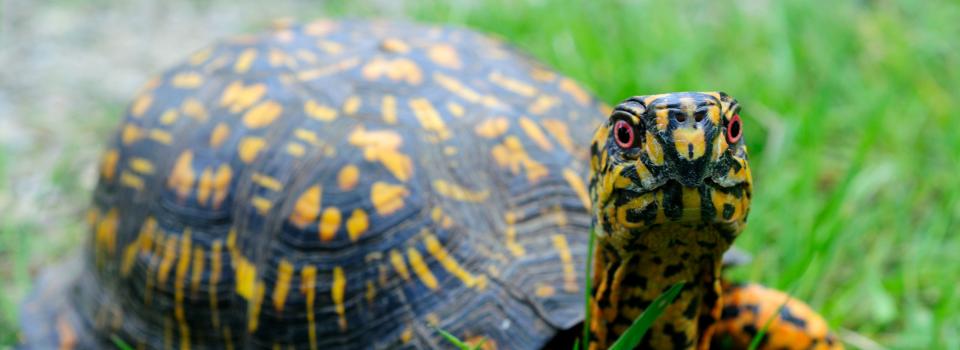
Box Turtle
Photo by: Jonathan Mays
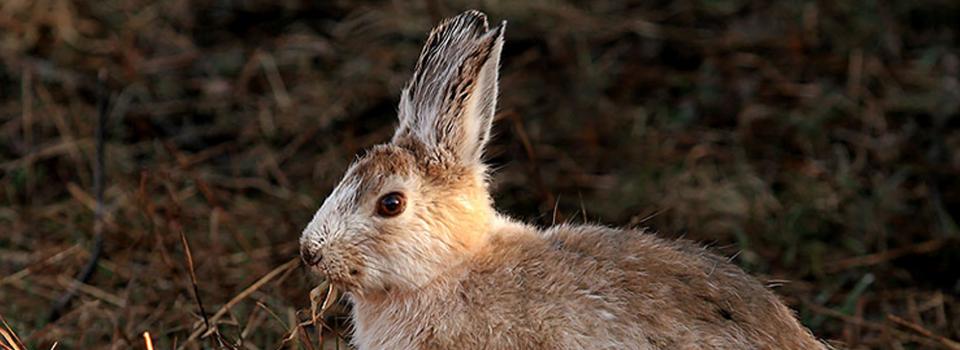
Snowshoe Hare
Photo by: Mike Hodgson

Timber Rattlesnake
Photo by: Kelly Wiley
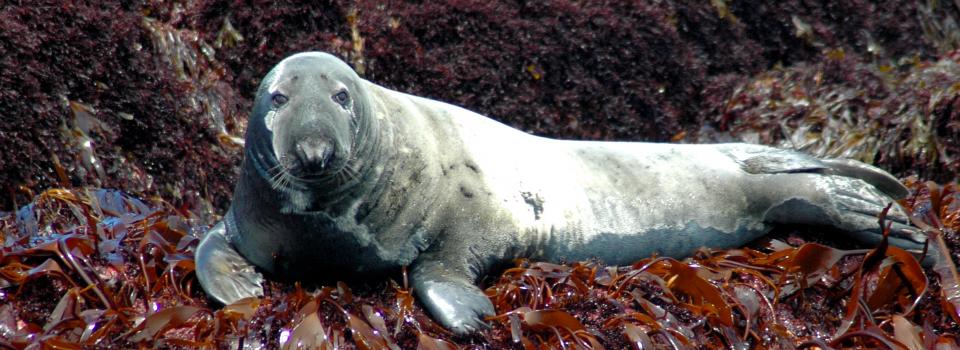
Gray Seal
Photo by: Jonathan Mays








This project developed new noninvasive tools for monitoring the status and effectiveness of conservation actions for the New England cottontail, a Species of Greatest Conservation Need (SGCN) in several northeastern State Wildlife Action Plans. This project addresses RCN Priority 6: Development of Regional Indicators & Measures. Our specific objectives were to 1) conduct a systematic study of detection rates and factors that influence detection of New England cottontail occupancy in order to evaluate the effectiveness of the current presence/absence survey protocol; 2) develop a noninvasive genetic monitoring technique for population estimation and apply it to generate baseline estimates of New England cottontails on several sites range-wide; 3) conduct pilot investigations for developing a pellet count index. End products include an evaluation of current presence/absences survey protocols, guidelines for implementing effective new monitoring approaches, and the first, baseline population estimates for New England cottontails range-wide.
UPDATE (May 2012)
In the first year of the project, an initial field season targeted 26 sites in Maine, 9 sites in NH, 7 sites in NY, and 6 in MA. Due to an unusually mild winter with very little snow precipitation, survey visits were insufficient for an analysis of detection, but provided insight into optimal sampling for detection, including sites with sympatric eastern and New England cottontails. In the second field season of the project, detection data were thoroughly collected (4-6 visits) from 26 sites in Maine (only 15 were occupied), 7 in NY, 6 in NH, 10 in CT; and an additional 2 visits to 4 sites in MA. Exhaustive surveys for population estimation were conducted on 11 sites in ME, 6 in NY, 5 in NH, 1 in CT and 1 in MA. Species identifications were completed and NEC were not detected on a subset of sites in NY and CT. 310 samples collected for population estimation were genotyped to determine unique individuals from multiple patches range-wide. The project was completed in May 2012 and the final reports are provided below.
Name: Adrienne Kovach
Title: Research Assistant Professor of Natural Resources
Organization: University of New Hampshire
Email: akovach@unh.edu
Address: Rudman Hall, 46 College Road, Durham, NH 03824
Phone: 603-862-1603
Fax: 603-862-4976
Name: Kate O'Brien
Title: U.S. Fish and Wildlife Refuge Biologist
Organization: Rachel Carson National Wildlife Refuge
Email: Kate_Obrien@fws.gov
Address: 321 Port Road, Wells, ME 04090
Phone: 207-646-9226 x27
Fax: 207-646-6554
Name: Walter Jakubas
Title: Mammal Group Leader
Organization: Maine Department of Inland FIsheries and Wildlife
Email: walter.jakubas@maine.gov
Address: 650 State Street, Bangor, ME 04401
Phone: 207-941-4471
Fax: 207-941-4450
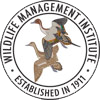
© 2020 A Wildlife Management Institute Project